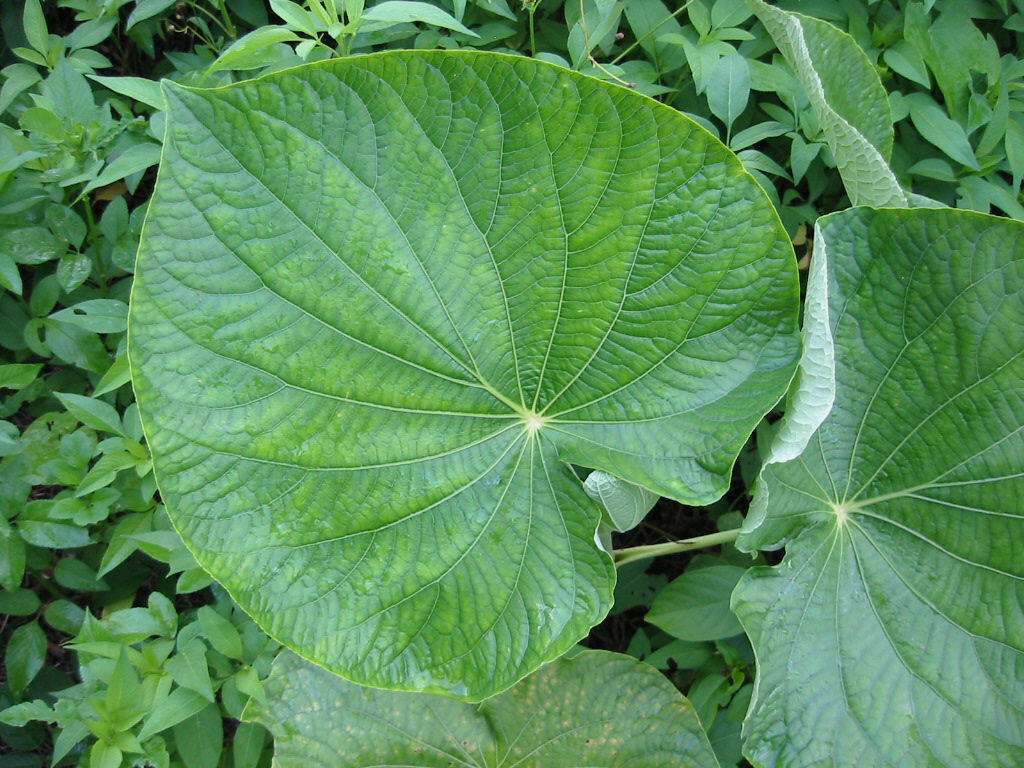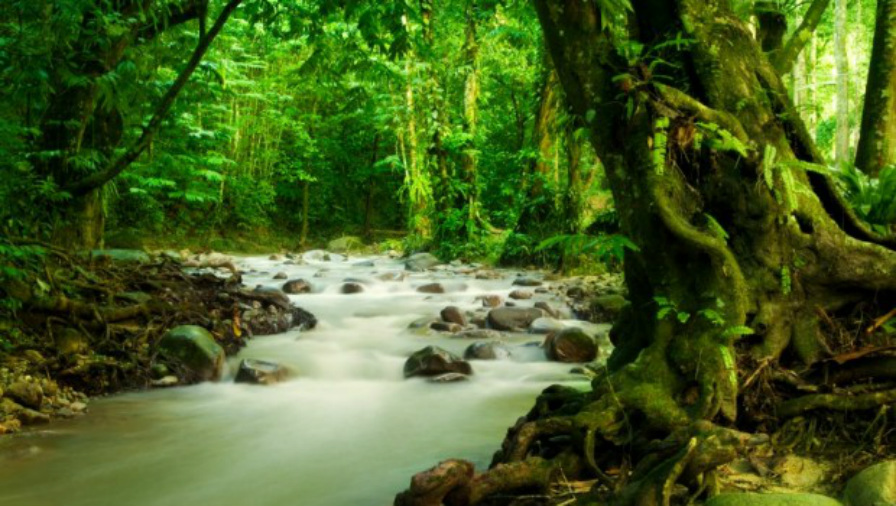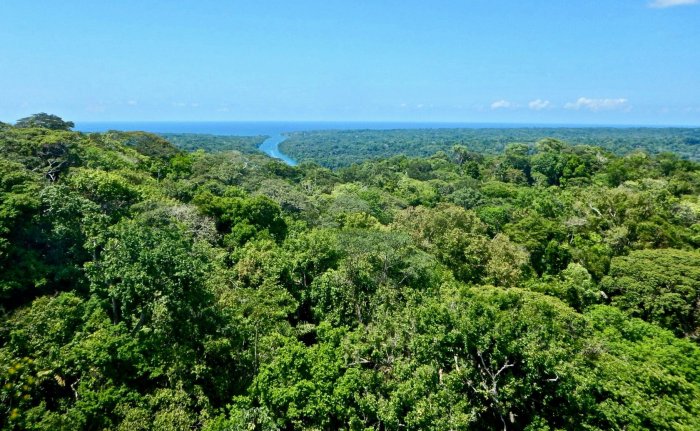Tropical seasonal forests are specially adapted to tolerate the extreme conditions that characterize their environment, showcasing remarkable resilience and evolutionary prowess. These forests face pronounced dry seasons, nutrient-poor soils, frequent fires, and herbivore pressure, yet they thrive amidst these challenges.
The unique adaptations of tropical seasonal forests have allowed them to not only survive but also flourish in these demanding ecosystems, making them a testament to the incredible adaptability of nature.
Adaptations for Water Availability
Tropical seasonal forests have evolved specific adaptations to cope with the pronounced dry season. During this period, they employ various mechanisms to conserve and store water:
Water Storage
- Succulent stems and leaves: Many plants, such as cacti and euphorbias, have thickened stems or leaves that store water during the wet season.
- Water-storing roots: Some plants, like baobabs, develop large, swollen roots that can hold significant amounts of water.
- Cuticles and waxy layers: Plants often develop thick cuticles or waxy layers on their leaves and stems to reduce water loss through evaporation.
Water Conservation
- Reduced leaf size: Many plants in tropical seasonal forests have small leaves to minimize water loss through transpiration.
- Stomata closure: During the dry season, plants close their stomata, small pores on leaves that allow for gas exchange, to reduce water loss.
- Deciduousness: Some plants shed their leaves during the dry season to reduce water loss.
Accessing Underground Water Sources
- Deep root systems: Many plants in tropical seasonal forests have extensive root systems that penetrate deep into the soil to access underground water sources.
- Root symbiosis: Some plants form symbiotic relationships with mycorrhizal fungi, which extend their root systems and enhance water absorption.
Adaptations for Nutrient Cycling

Tropical seasonal forests are often characterized by nutrient-poor soils due to intense rainfall and leaching. To overcome this challenge, these forests have evolved adaptations that facilitate nutrient recycling:
Leaf Litter Decomposition
- Rapid decomposition: Leaf litter in tropical seasonal forests decomposes quickly, releasing nutrients back into the soil.
- Litter-feeding organisms: A diverse community of organisms, including termites, ants, and fungi, feed on leaf litter and accelerate its decomposition.
Microorganisms
- Symbiotic bacteria: Some plants form symbiotic relationships with nitrogen-fixing bacteria, which convert atmospheric nitrogen into a usable form.
- Mycorrhizal fungi: Mycorrhizal fungi associate with plant roots and enhance nutrient absorption, particularly phosphorus and nitrogen.
Adaptations for Fire Tolerance: Tropical Seasonal Forests Are Specially Adapted To Tolerate

Fire is a common ecological disturbance in tropical seasonal forests, and plant species have evolved adaptations to survive and regenerate after fires:
Fire Resistance
- Thick bark: Many trees in tropical seasonal forests have thick, fire-resistant bark that protects their inner tissues from heat and flames.
- Fire-retardant chemicals: Some plants produce fire-retardant chemicals that reduce their flammability.
Post-Fire Regeneration, Tropical seasonal forests are specially adapted to tolerate
- Seed banks: Many plants produce seeds that remain dormant in the soil and germinate after fires, ensuring population recovery.
- Sprouts from underground structures: Some plants can resprout from underground structures, such as rhizomes or tubers, after fires.
Adaptations for Herbivory

Herbivores pose significant challenges to plants in tropical seasonal forests. To deter herbivory, plants have evolved various chemical and physical defenses:
Chemical Defenses
- Toxins and alkaloids: Many plants produce toxic or unpalatable compounds that deter herbivores from feeding on them.
- Secondary compounds: Plants produce a wide range of secondary compounds, such as tannins and phenols, that reduce the nutritional value of their tissues for herbivores.
Physical Defenses
- Thorns and spines: Some plants have thorns or spines on their stems and leaves to deter herbivores from browsing.
- Tough leaves: Some plants have tough leaves that are difficult for herbivores to chew and digest.
FAQ Summary
What are the key adaptations of tropical seasonal forests to water scarcity?
Tropical seasonal forests have developed various mechanisms to store water during dry seasons, such as succulent stems, deep root systems, and waxy leaves that reduce water loss.
How do tropical seasonal forests cope with nutrient-poor soils?
These forests rely on efficient nutrient cycling processes, including rapid leaf litter decomposition and the activity of microorganisms, to maintain soil fertility.
What are the fire-resistant adaptations of tropical seasonal forests?
Many plant species in these forests have thick bark, fire-resistant leaves, and the ability to regenerate quickly after fires, allowing them to survive and recover from fire events.